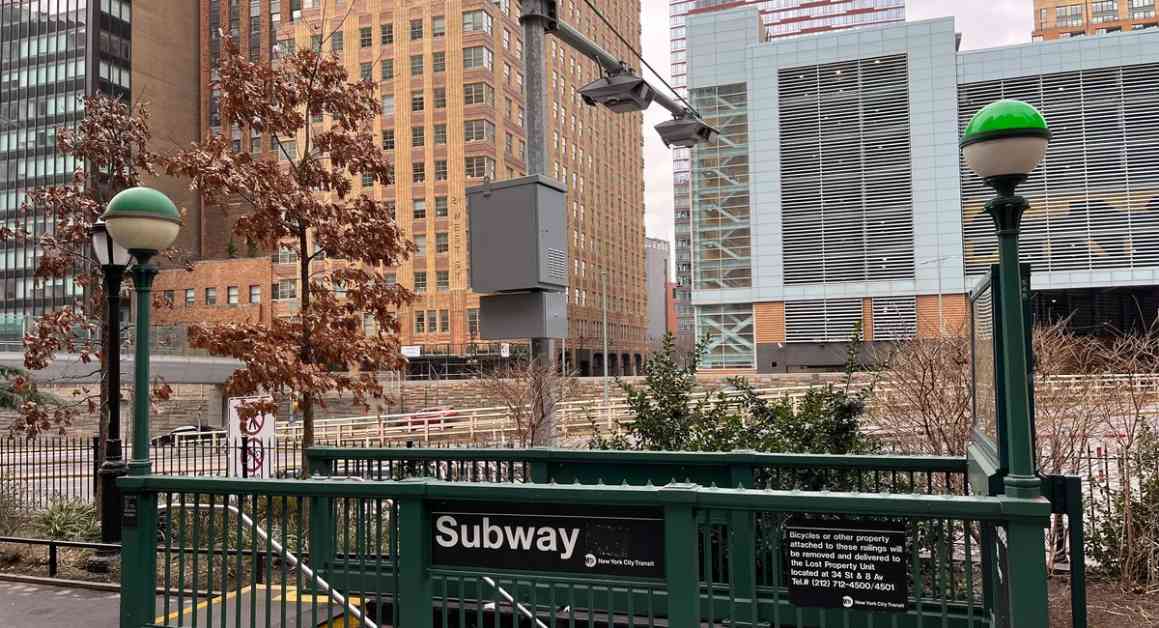Congestion Pricing Success in Manhattan: 43K Fewer Drivers, MTA Reports
In a groundbreaking turn of events, the Metropolitan Transportation Authority (MTA) has released data showcasing the remarkable impact of congestion pricing in Manhattan. Last week, an average of 43,000 fewer drivers entered Manhattan below 60th Street each weekday compared to previous January figures, marking a significant shift in traffic patterns. This data comes just over a week after congestion pricing was implemented, shedding light on the immediate effects of this bold initiative.
Traffic Reduction and Improved Bus Speeds
The decrease in drivers entering the toll zone translates to a 7.5% reduction compared to projections based on past January data. This seemingly modest reduction has been hailed by many Manhattan residents as a game-changer, with the potential to transform traffic congestion into smooth-flowing streets. MTA deputy chief Juliette Michaelson emphasized the positive outcomes of congestion pricing during a recent news conference, noting that traffic times on inbound crossings have decreased by 30% to 40% on average.
Moreover, bus speeds have seen a remarkable increase following the implementation of tolls. The Manhattan-bound B39 bus, alongside other bus routes like the SIM24 and M50, have experienced significant improvements in speed, offering commuters a faster and more efficient travel experience. This data underscores the tangible benefits of congestion pricing not only for drivers but also for public transportation users.
Revenue Allocation and Future Plans
As the MTA begins to harness the revenue generated from congestion pricing, plans are underway to invest in crucial transit infrastructure upgrades. The MTA is set to issue a $15 billion bond to fund projects such as purchasing new train cars and installing accessible elevators at subway stations across the city. This strategic allocation of funds aims to enhance the overall commuting experience and improve transportation accessibility for all New Yorkers.
Looking ahead, the MTA estimates an annual revenue of $500 million through congestion pricing, signaling a sustainable source of funding for essential transit initiatives. Despite opposition from some political quarters, transit advocates have lauded the success of congestion pricing in its inaugural week, highlighting the tangible benefits for commuters and the broader transportation system.
In conclusion, the early data on congestion pricing in Manhattan paints a promising picture of reduced traffic congestion, improved bus speeds, and strategic fund allocation for transit infrastructure enhancements. With these positive outcomes, the future of transportation in New York City looks brighter than ever before, setting a precedent for innovative solutions to urban mobility challenges.
Random Humanizing Touch:
Imagine rushing to catch your morning bus, only to find it moving 28% faster than usual, whisking you to your destination with newfound speed and efficiency. This is the reality for many commuters in Manhattan following the implementation of congestion pricing, showcasing the immediate impact of this transformative initiative on daily travel experiences. As we navigate the bustling streets of New York City, each minute saved thanks to reduced traffic congestion and faster bus speeds becomes a testament to the power of innovative transport solutions in shaping our daily lives.












